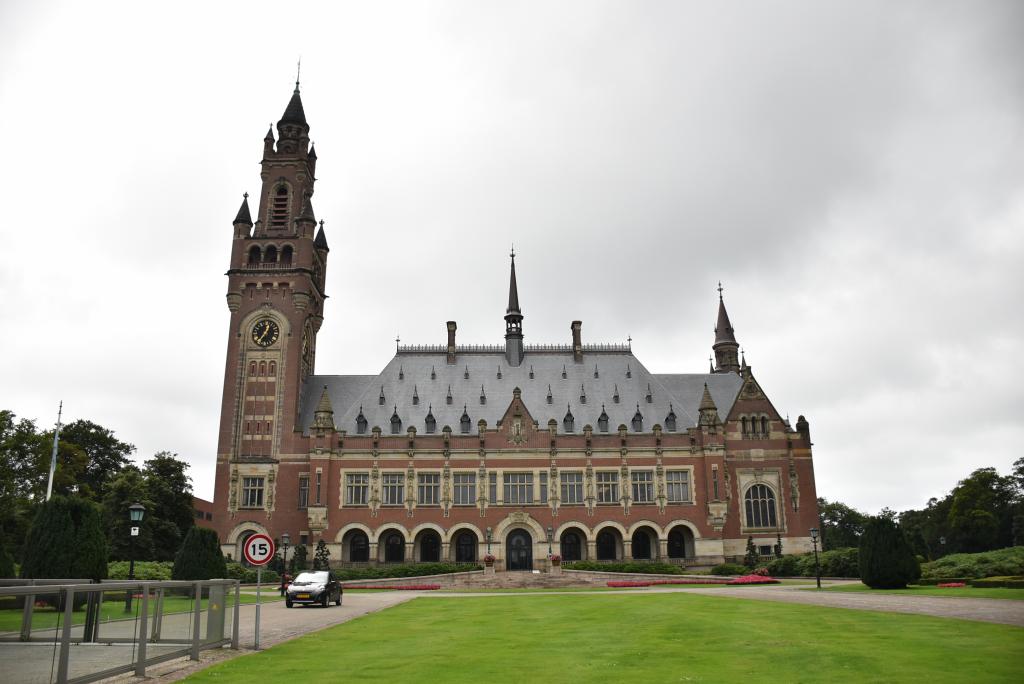Secondary menu
Why Recognizing Sexual Violence as Genocide Matters
Hana Awwad (2L)

In November 2019, the Gambia instituted proceedings before the International Court of Justice (ICJ) alleging that Myanmar had violated its obligations under the Convention on the Prevention and Punishment of the Crime of Genocide (Genocide Convention). These closely observed proceedings quickly made international legal history. In its Provisional Measures Order, the Court affirmed for the first time that a treaty such as the Genocide Convention can confer standing on an “unaffected” State. In doing so, the Court allowed the small African nation to assert that Myanmar had failed to prevent and punish a genocide halfway across the globe.
As the Court turns its attention to the merits of the Gambia’s application, another history-making opportunity presents itself. The Court could, for the first time, find a State liable for genocide committed through rape and sexual violence. Such recognition would progressively develop jurisprudence on the complexity of genocidal violence and would expand protections for gendered genocidal crimes.
Article II of the Genocide Convention defines genocide as a criminal act, such as killing or causing serious bodily or mental harm, carried out with the intent to destroy, in whole or in part, a national, ethnical, racial, or religious group. This intent to destroy a specific group is the key element constituting the crime of genocide and the most difficult to prove. In previous ICJ cases under the Genocide Convention, the Court considered whether atrocities committed in Bosnia and Herzegovina and Croatiaconstituted genocide. The Court found as fact that atrocities had been committed throughout the territories of both States but concluded that the intent to destroy was only proven in one instance: the killing of a group of Bosnian Muslims in Srebrenica.
Given the centrality of this destructive intent to the crime of genocide, it may seem paradoxical that genocide can be committed through non-lethal acts such as rape and sexual violence. One might wonder: how can a group be said to be have been destroyed if its members continue to live?
The answer lies in the understanding of the crime of genocide as conceptualized by Raphael Lemkin. Lemkin, who is widely accredited with laying the conceptual and legal framework for the Genocide Convention, actively rejected the equation of genocide with mass killings alone. Rather, he advocated a more nuanced understanding of genocide that captured the intention to destroy not just individual people, but a society or group as such. Lemkin conceptualized genocide as the “disintegration of the political and social institutions, of culture, language, national feelings, religion, and the economic existence of national groups.” This expansive framework recognizes that social, ethnic, and religious groups are more than the individuals of which they are composed; and that genocidal violence destroys more than individual lives.
The understanding of genocide ultimately adopted in the Genocide Convention largely revolves around physical and biological destruction and explicitly includes non-lethal crimes. Specifically, Article II of the Convention lists such non-lethal acts as “causing serious bodily or mental harm to members of the group” and “deliberately inflicting on the group conditions of life calculated to bring about its physical destruction.” A limited understanding of cultural destruction also appears in the Genocide Convention, which lists “forcibly transferring children of the group to another group” as a constitutive act of genocide.
International courts and tribunals have confronted the genocidal destruction caused by sexual violence in the context of crimes committed in Rwanda and the former Yugoslavia. Most notably, in Akayesu, the International Criminal Tribunal for Rwanda concluded that rape and sexual violence “constitute genocide in the same way as any other act as long as they were committed with specific intent to destroy, in whole or in part, a particular group, targeted as such” (Akayesu, ¶731). The Tribunal recognized that “sexual violence was a step in the process of destruction of the Tutsi group—destruction of the spirit, of the will to live, and of life itself” (Akayesu, ¶732) and classified it under Article II(b) of the Genocide Convention as a constitutive genocidal act “causing serious bodily and mental harm.” In doing so, Akayesu opened legal avenues not previously available to female genocide victims given that genocidal violence targeted against women and girls almost always takes the form of sexual violence.
Unfortunately, these avenues have not been widely used. Other prosecutions following the Rwandan genocide, such as a Nyiramasuhuko and Musema, charged allegations of rape as war crimes or crimes against humanity rather than as genocide. The continued failure to recognize rape and sexual violence as constitutive acts of genocide eclipses the importance of sexual violence survivors, most of whom are women and girls, to their communities. It also obscures other non-lethal forms of violence that can constitute genocide, such as torture, enslavement, and forcible transfer.
The Independent International Fact-Finding Mission on Myanmar has documented widespread sexual and gender-based violence perpetrated against Rohingya people by Myanmar security forces. As the ICJ considers these findings in the proceedings pending against Myanmar, it has an opportunity to uplift the victims of gendered genocidal violence. In doing so, it would open the door to accountability for these crimes and to more robust prevention in the future.
